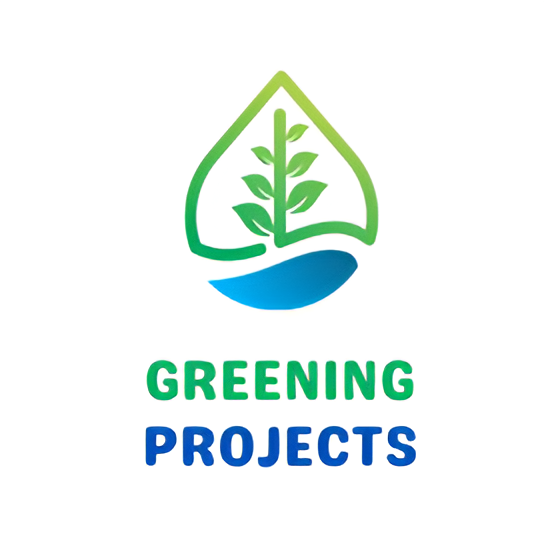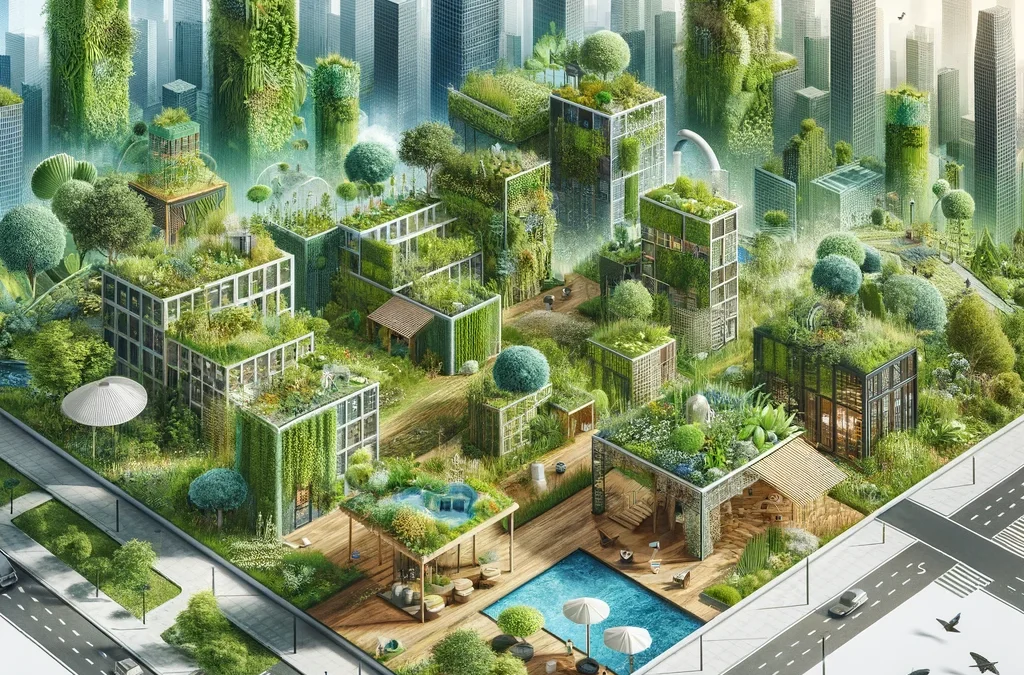Engaging the Built Environment and Our Communities Through “Green” Design
In today’s rapidly evolving world, the notion of “green” design in our built environments is not just a trend but a vital necessity. It’s about creating spaces that don’t just exist but live and breathe along with their communities. This 800-word journey explores how green design revolutionizes our buildings and cities, engages communities, and shapes a sustainable future.
Bernal Projects Awarded 2023 Community Challenge Grants
The Essence of Green Design
More Than Just Aesthetic Appeal
Green design transcends beyond the aesthetic appeal of lush gardens and verdant terraces. It’s an ethos, a commitment to environmental stewardship, and a sustainable approach to urban development. This design philosophy is about harmonizing with nature rather than overpowering it.
The Impact on the Built Environment
Transforming Urban Landscapes
Green design is steadily transforming our urban landscapes. It balances urban development and natural ecosystems, turning concrete jungles into eco-friendly spaces. Features like green roofs, living walls, and sustainable materials are visually appealing and function as integral parts of an ecosystem.
Sustainability in Architecture
Incorporating sustainability into architecture goes beyond the use of eco-friendly materials. It involves innovative designs that optimize energy efficiency, reduce carbon footprints, and create buildings that are self-sustaining micro-environments.
Engaging Communities Through Green Spaces
Fostering Social Interaction
Green spaces are natural gathering spots, fostering social interaction and community engagement. Parks, community gardens, and green corridors serve as communal living rooms where people can connect, relax, and engage with one another.
Health and Wellbeing
These green oases in urban settings are not just for leisure. They significantly impact mental and physical health. Access to natural spaces has been linked to reduced stress levels, improved mood, and overall well-being.
The Role of Green Design in Environmental Conservation
Biodiversity in Urban Areas
Green design is crucial in preserving biodiversity, even in the heart of cities. It provides habitats for various species, from birds and bees to small mammals, contributing to an urban ecosystem supporting diverse life forms.
Combating Climate Change
Green design is a powerful tool in the fight against climate change. By reducing energy consumption and greenhouse gas emissions, it helps in mitigating the effects of global warming.
Educational Opportunities and Community Involvement
Learning and Growth
The green design offers numerous educational opportunities. Community projects like urban farms and green roofs can be used as live classrooms, teaching sustainability and environmental responsibility.
Volunteerism and Community Pride
Volunteer initiatives in green spaces foster a sense of community pride and ownership. These projects encourage residents to take an active role in caring for their environment, strengthening community bonds.
The Economic Benefits of Green Design
Boosting Property Values
Properties with green features often see an increase in value. They are more attractive to buyers and renters and tend to have lower utility costs and better longevity.
Stimulating Local Economies
Green spaces can stimulate local economies. They attract visitors, support local businesses, and create job opportunities, particularly in the green technology and landscaping sectors.
Overcoming Challenges in Green Design
Navigating Financial and Logistical Hurdles
Implementing green design can come with financial and logistical challenges. However, these hurdles can be overcome with careful planning, innovative funding models, and community involvement.
Adapting to Different Environments
Green design isn’t one-size-fits-all. It requires adaptation to local climates, cultures, and environmental conditions to ensure its effectiveness and sustainability.
Conclusion: A Greener Future Awaits
Engaging our built environments and communities through green design is more than necessary; it’s an opportunity to redefine our relationship with nature. It’s about building a future where urban spaces are sustainable, efficient, vibrant, and life-affirming. The path to a greener, more sustainable future is paved with the grasses, trees, and plants of green design, and it’s a path that we can all walk together.

